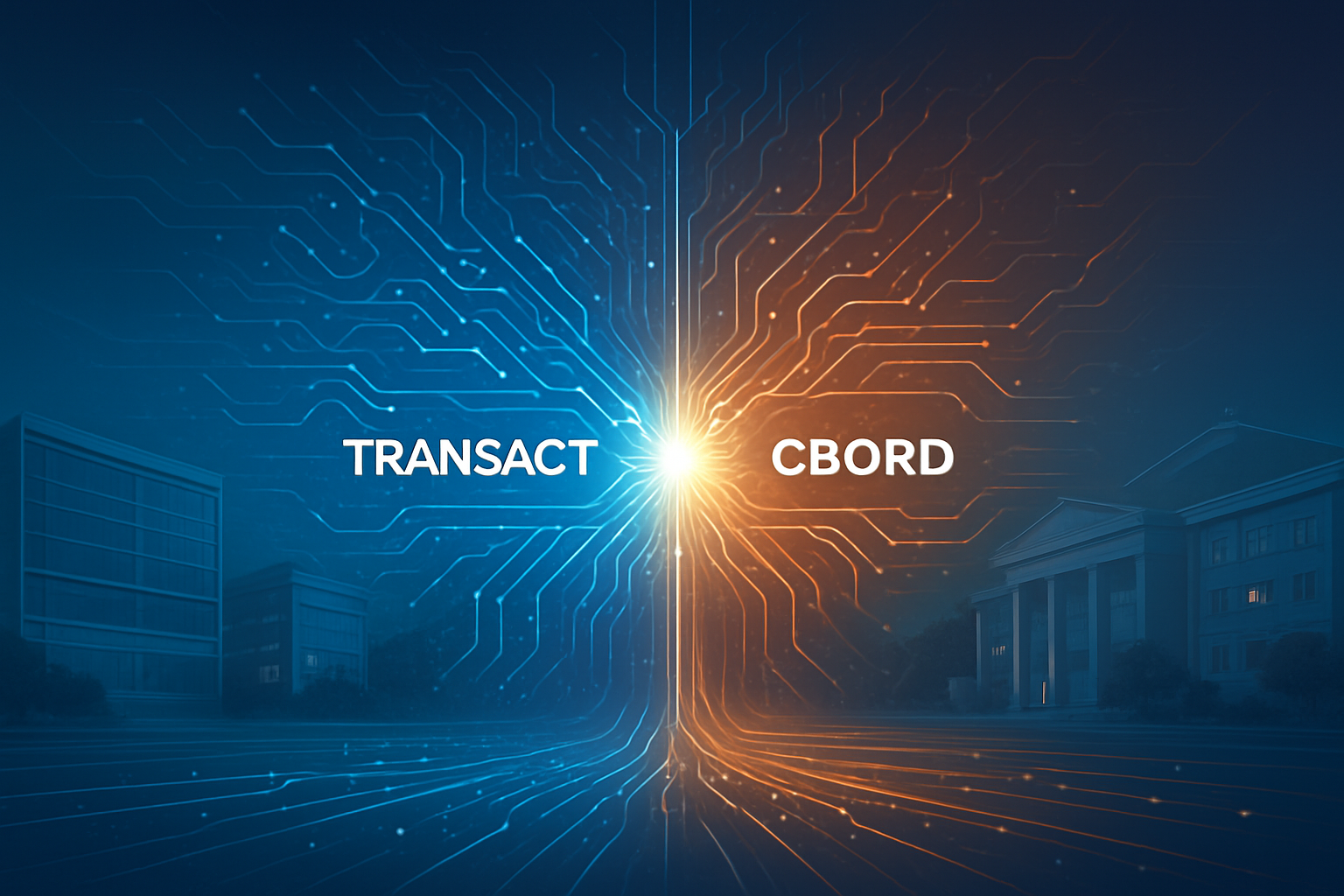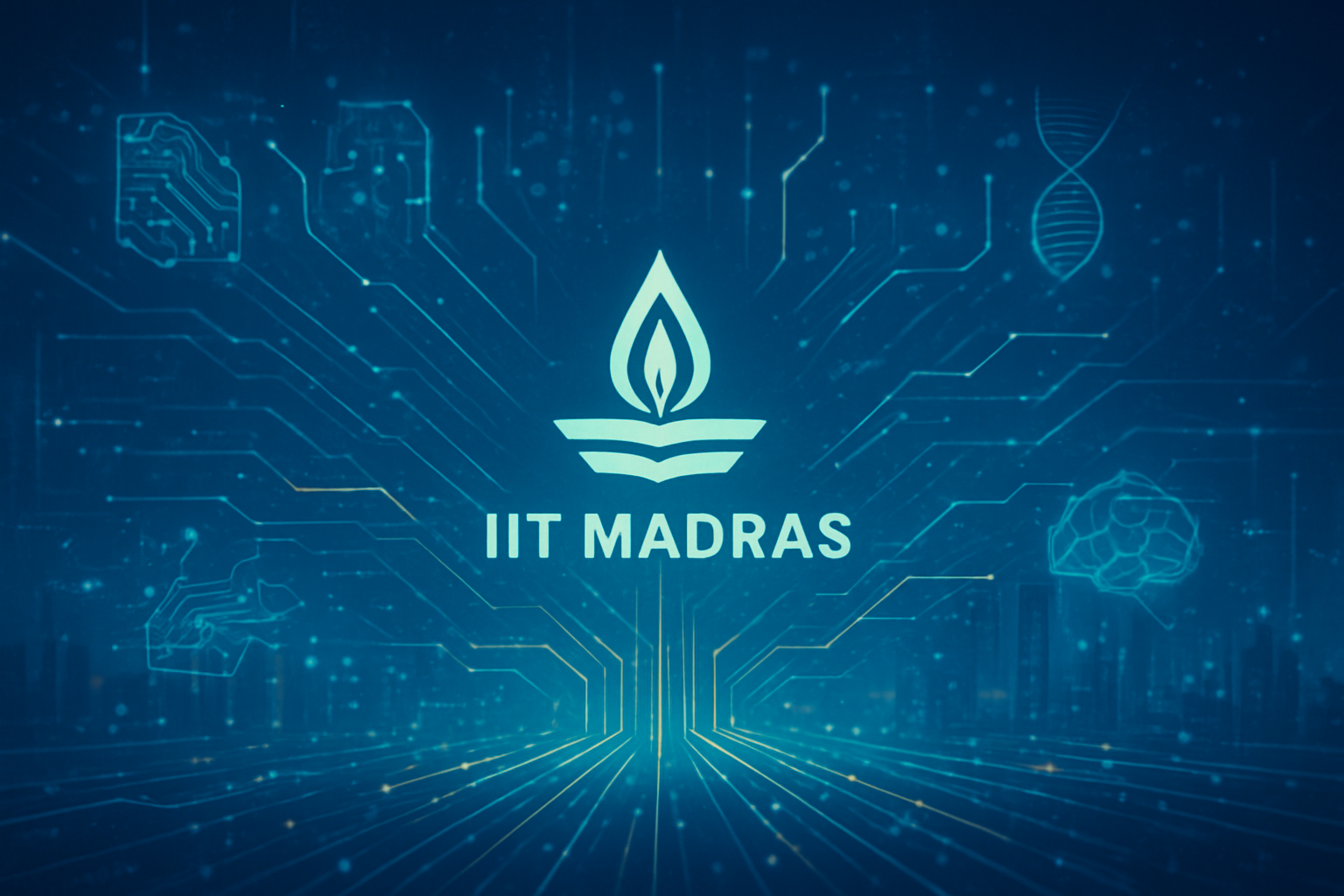December 3, 2025 – In a significant move that underscores the accelerating trend of consolidation within the security and technology sector, Securitas Technology, a global leader in protective services, yesterday announced the integration of Sonitrol Ft. Lauderdale and Level 5 Security Group into its expansive North American operations. This strategic acquisition is poised to significantly enhance Securitas Technology's client offerings and fortify its geographic footprint, particularly across the crucial South Florida market. The development reflects a broader industry shift towards unified, comprehensive security solutions designed to meet the escalating complexities of modern threats.
The integration is not merely an expansion but a strategic alignment aimed at leveraging the specialized expertise of the acquired entities. Level 5 Security Group brings over four decades of experience in delivering cutting-edge integrated electronic security solutions, while Sonitrol’s renowned audio verification technology, now accessible via its new CORE cloud-based platform, will be extended to a wider client base. This move is a clear indicator of Securitas Technology's commitment to delivering best-in-class, client-centric solutions and streamlining security management through advanced, scalable technologies.
Unpacking the Technical and Strategic Nuances of Securitas Technology's Latest Move
The integration of Sonitrol Ft. Lauderdale and Level 5 Security Group marks a pivotal moment for Securitas Technology, emphasizing a drive towards technical synergy and expanded service capabilities. At the heart of this advancement is the planned extension of Sonitrol's innovative CORE cloud-based offering. This platform promises to deliver enhanced flexibility, scalability, and remote management features to both new and existing clients, allowing businesses to harness Sonitrol’s established audio verification technology within a secure, cloud-enabled environment. This approach is a notable departure from traditional, often siloed, on-premise security systems, offering improved operational efficiency and a more robust, accessible security posture.
Technically, the CORE cloud platform facilitates a more integrated and responsive security ecosystem. By centralizing data and control in the cloud, it enables real-time monitoring, faster incident response, and simplified system management across diverse locations. This contrasts sharply with older models that often required manual updates, physical presence for troubleshooting, and lacked the seamless data sharing capabilities critical for modern threat detection and mitigation. The integration also brings Level 5 Security Group's deep expertise in sophisticated electronic security solutions, which will be fused with Securitas Technology's broader portfolio, creating a more comprehensive suite of offerings. Initial reactions from industry experts suggest that this consolidation is a pragmatic response to client demands for fewer vendors and more unified, intelligent security platforms.
The move is expected to create a more formidable competitor in the security technology landscape. By combining resources and expertise, Securitas Technology aims to accelerate innovation and deliver superior client experiences. The ability to offer a broader range of integrated services, from advanced electronic surveillance to cloud-based verified alarms, positions the company strongly against competitors who may still rely on more fragmented service models. This technical convergence is not just about adding services, but about creating a cohesive, intelligent security framework that can adapt to evolving threats.
Competitive Landscape and Market Implications in a Consolidating Sector
This strategic integration by Securitas Technology (STO: SECT) sends clear signals across the security and technology sector, particularly for major players and emerging startups. Companies that stand to benefit most are those capable of absorbing specialized firms and integrating their technologies into a cohesive, scalable platform. Securitas Technology, with its global reach and existing infrastructure, is well-positioned to leverage the added expertise and client base from Sonitrol Ft. Lauderdale and Level 5 Security Group, thereby strengthening its competitive edge against rivals like ADT (NYSE: ADT) and Johnson Controls (NYSE: JCI) in integrated security solutions.
The competitive implications are significant. For major AI labs and tech companies operating in the broader security domain, this consolidation highlights the imperative of offering end-to-end solutions rather than niche products. Companies that cannot provide a holistic security ecosystem may find themselves at a disadvantage as clients increasingly seek single-vendor solutions for simplicity and efficiency. This development could disrupt existing products or services that are not easily integrated into larger platforms, pushing smaller, specialized firms to either innovate rapidly towards broader compatibility or become targets for acquisition.
From a market positioning standpoint, Securitas Technology's move reinforces its strategy of aggressive expansion and capability enhancement. By acquiring regional leaders, it not only gains market share but also valuable local expertise and established client relationships. This strategy positions Securitas Technology as a dominant force capable of delivering comprehensive security services, from traditional monitoring to advanced cloud-based solutions, making it a more attractive partner for businesses looking to streamline their security operations and reduce vendor sprawl.
The Broader Significance: A Bellwether for AI and Security Convergence
The integration of Sonitrol Ft. Lauderdale and Level 5 Security Group into Securitas Technology is more than just a corporate acquisition; it is a microcosm of a broader, accelerating trend of consolidation across the entire security and technology landscape, with significant implications for the future of AI in security. This trend is driven by several factors, including the increasing complexity of cyber threats, the high cost of individual innovation, and the growing demand for unified, comprehensive security platforms. Gartner's report indicating that 75% of organizations were actively pursuing security vendor consolidation in 2022, a substantial leap from 29% in 2020, underscores this shift.
The impacts of such consolidation are multifaceted. On the positive side, it can lead to enhanced product offerings, improved integration and visibility across security systems, and faster incident response times due to more cohesive platforms. For instance, the extension of Sonitrol's CORE cloud platform exemplifies how AI-driven analytics and remote management can be integrated to provide proactive threat detection and verified alarms, reducing false positives and improving response efficacy. However, concerns also exist, including the potential for reduced competition and innovation if too few players dominate the market. There's also the risk of an increased attack surface and single points of failure if consolidated systems are not meticulously secured, making them more attractive targets for sophisticated cybercriminals.
This development fits into the broader AI landscape by demonstrating the practical application of AI in real-world security scenarios, particularly in areas like video analytics, access control, and alarm verification. It highlights a move away from disparate security tools towards intelligent, all-in-one platforms that leverage AI for predictive capabilities and automated responses. Comparisons to previous AI milestones, such as the rise of advanced facial recognition or behavioral analytics, show a continuous progression towards more integrated and proactive security intelligence, where human oversight is augmented by sophisticated AI systems.
Future Horizons: What's Next for Consolidated Security Technology
Looking ahead, the integration by Securitas Technology is indicative of several near-term and long-term developments expected to shape the security technology sector. In the near term, we can anticipate a rapid push for seamless technical integration of the acquired systems, particularly the full rollout and optimization of Sonitrol's CORE cloud platform across the expanded client base. This will likely involve significant investment in cloud infrastructure, data migration, and training for personnel to ensure a smooth transition and maximized operational efficiency. Expect to see enhanced marketing efforts highlighting the unified capabilities and benefits of a single-vendor security solution.
Longer term, this consolidation trend will likely accelerate the development of more sophisticated, AI-powered security applications. We can foresee advanced use cases emerging, such as predictive threat intelligence that anticipates vulnerabilities based on historical data and real-time environmental factors, or highly automated incident response systems that can isolate threats and initiate countermeasures with minimal human intervention. The challenges will include managing the complexities of integrating diverse legacy systems, ensuring interoperability across different technological stacks, and addressing the ongoing cybersecurity talent shortage by developing more intuitive, AI-driven tools that require less specialized human oversight for routine tasks. Experts predict that the future will see an even greater convergence of physical and cybersecurity, with AI acting as the central nervous system for these integrated protective services.
The potential applications on the horizon are vast, ranging from smart city security infrastructures that leverage consolidated data for public safety, to hyper-personalized security solutions for enterprises that adapt dynamically to evolving business needs and threat landscapes. Addressing data privacy concerns and ethical AI deployment will also be paramount as these systems become more pervasive and powerful. The industry will need to navigate the delicate balance between robust security and individual privacy, ensuring that AI-driven surveillance and analytics are deployed responsibly and transparently.
A New Chapter in Security: Consolidation as the Path Forward
The integration of Sonitrol Ft. Lauderdale and Level 5 Security Group into Securitas Technology marks a significant milestone, not just for the companies involved, but for the broader security and technology industry. The key takeaway is the undeniable acceleration of consolidation, driven by the pressing need for more comprehensive, integrated, and intelligent security solutions in an increasingly complex threat landscape. This move by Securitas Technology underscores a strategic imperative for businesses to seek unified platforms that offer enhanced capabilities, operational efficiencies, and a streamlined approach to managing security across diverse environments.
This development's significance in the history of AI in security lies in its demonstration of how strategic mergers and acquisitions are facilitating the practical deployment and scaling of AI-driven technologies like cloud-based verified alarms and advanced analytics. It represents a shift from fragmented security point solutions to holistic, AI-enabled ecosystems that can offer superior protection. The long-term impact will likely be a more concentrated market dominated by a few major players offering end-to-end security services, pushing smaller, specialized firms to innovate or integrate.
As we move forward, what to watch for in the coming weeks and months will be the seamlessness of the integration, the market's reception to the expanded cloud-based offerings, and how Securitas Technology (STO: SECT) leverages its newly bolstered capabilities to differentiate itself in a competitive landscape. The industry will also be observing how this consolidation trend influences pricing, service innovation, and the overall security posture of businesses and organizations relying on these advanced protective services. The future of security is undoubtedly integrated, intelligent, and increasingly consolidated.
This content is intended for informational purposes only and represents analysis of current AI developments.
TokenRing AI delivers enterprise-grade solutions for multi-agent AI workflow orchestration, AI-powered development tools, and seamless remote collaboration platforms.
For more information, visit https://www.tokenring.ai/.









